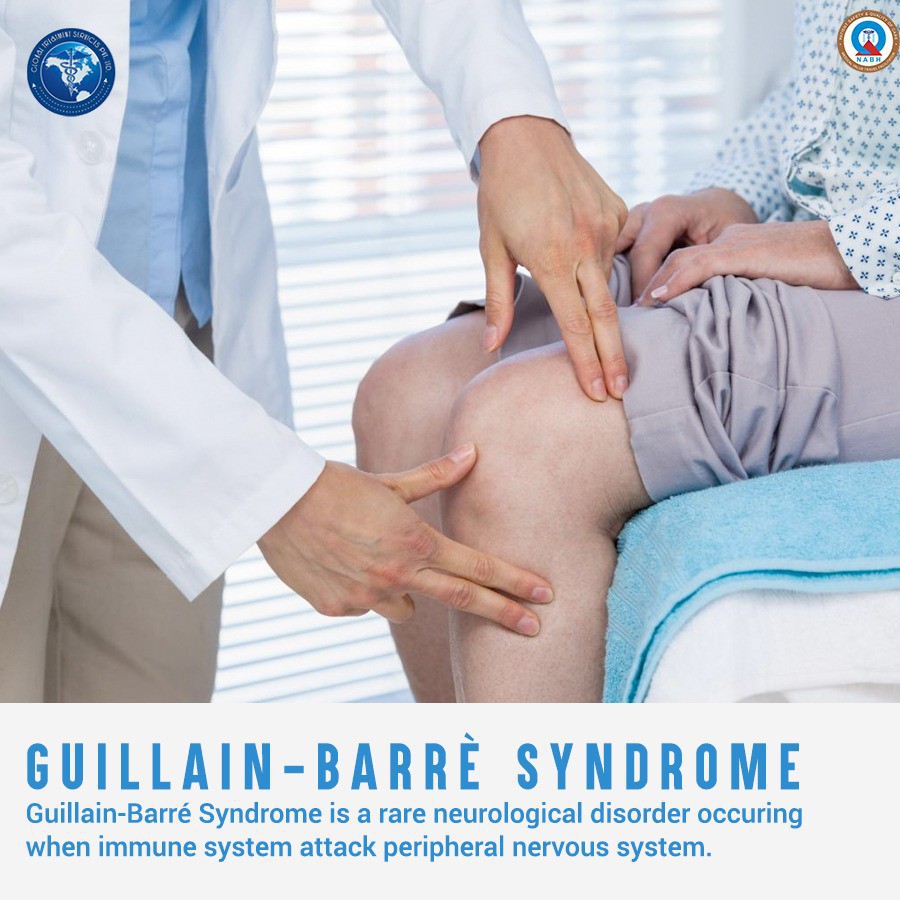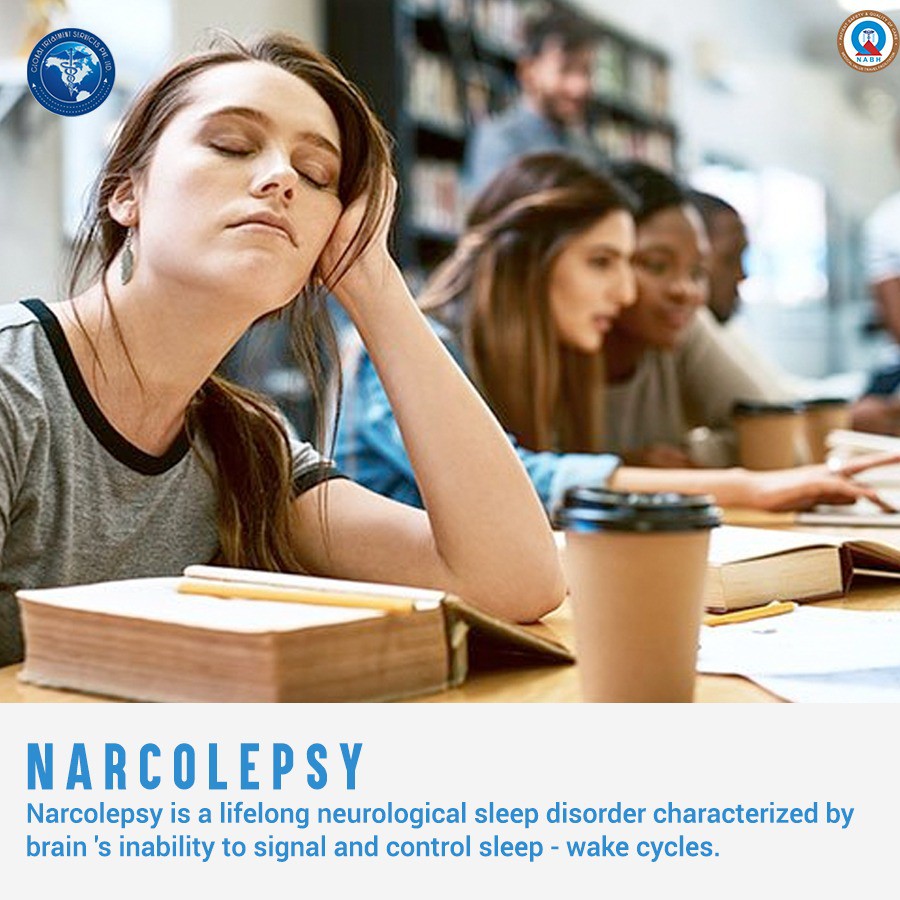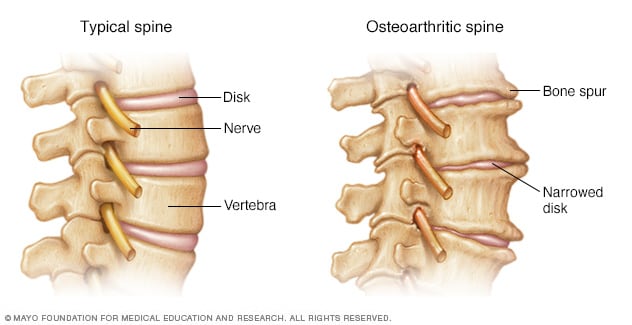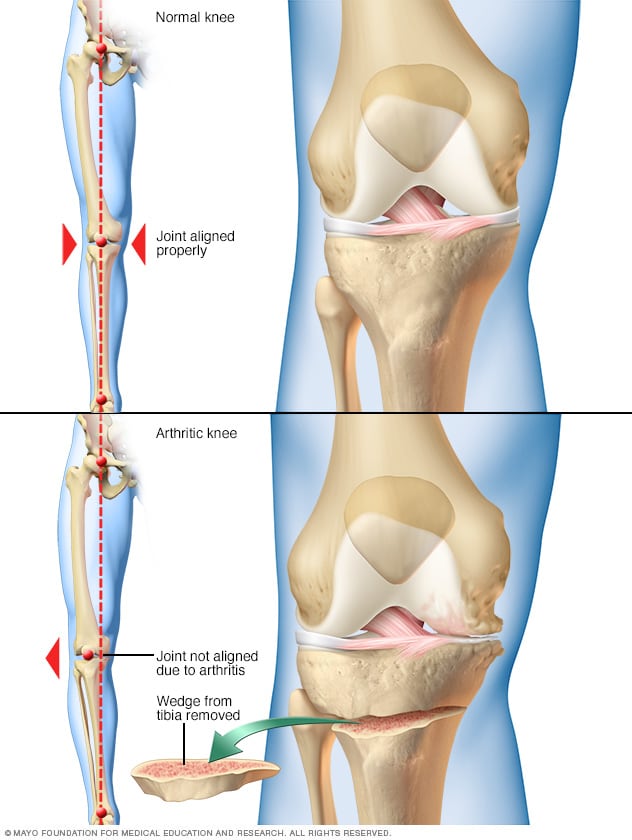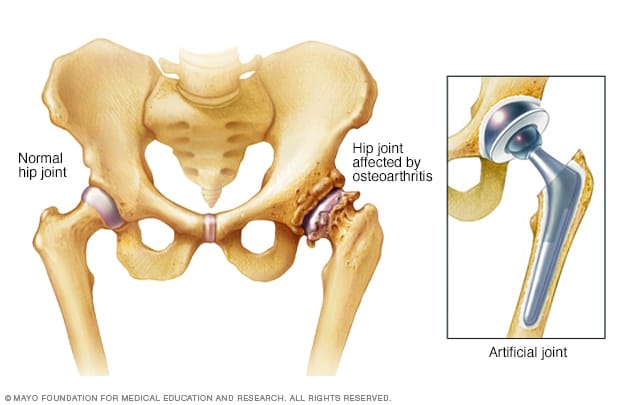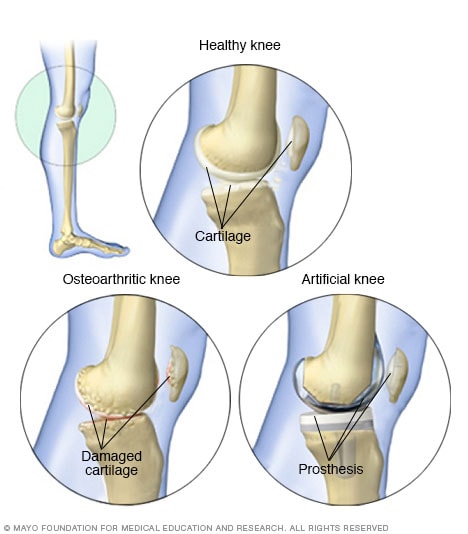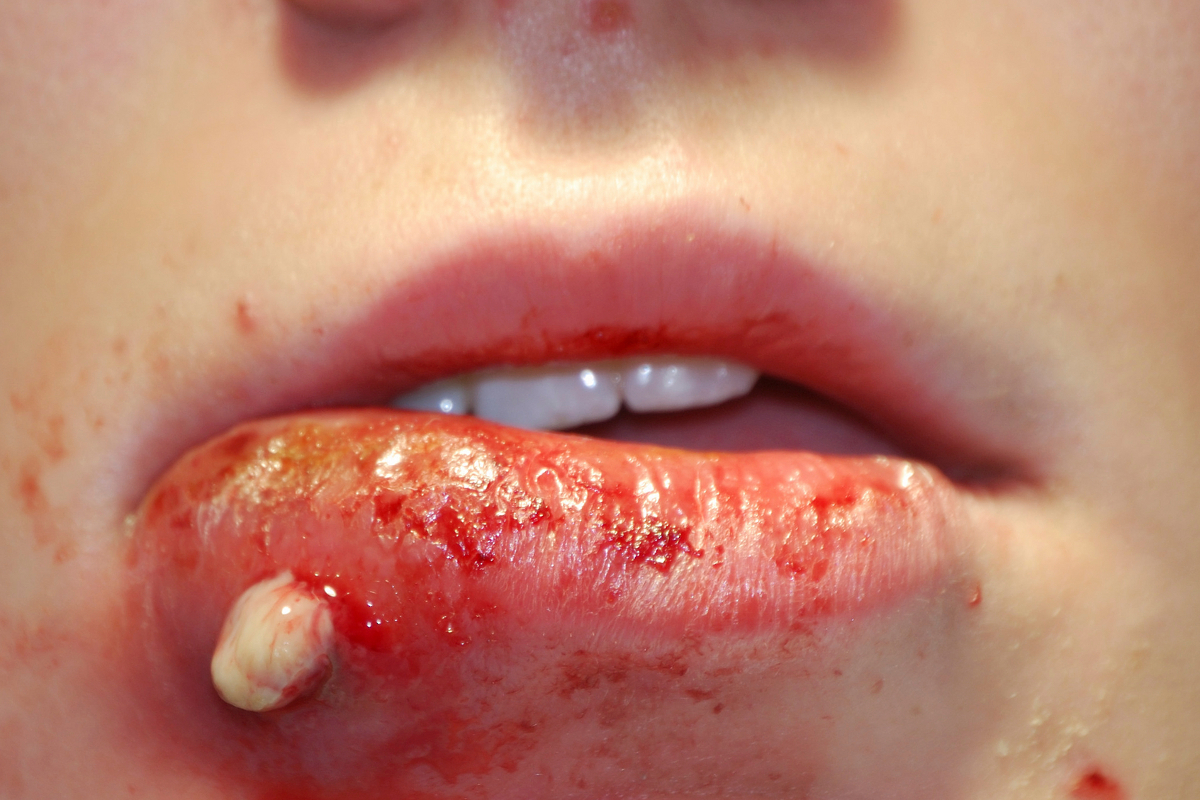We have two kidneys,one brain,one heart. Aren’t the numbers right?Now,can you guess how many uterus a woman can have?Most of you would say ‘one’.But there can be ‘two’ too!In this post,we are discussing one of the congenital uterus anomaly-uterine didelphys. There are two uterus ,two cervices involved and in many cases two vaginas too.
Formation and malformation
As aforementioned,uterine didelphys is an anomaly and so a result of malformation.
Now let’s look at the formation of uterus,females fetus ofcourse. The development of the normal female reproductive tract is a complex process. It starts in the womb.The mesonephros , principal excretory organ during early embryonic life (4—8 weeks), appears in humans during the 4th week of gestation and degenerates after 8th week. Draining function of this transient kidney is handled by mesonephric ducts(Wolffian ducts).The ‘indifferent’ or ‘bipotential’ gonad (meaning it appears same for both sexes at this stage) differentiates to the ovary.Two paramesonephric ducts called Müllerian ducts form from coelomic epithelium extending from the vaginal plate to lie beside the developing ovary. The wall between these paired tubes breaks down in its lower aspect (fuse from the vaginal plate end), forming the primordial body of the uterus .And the unfused lateral portion of the paramesonephric ducts form the uterine tubes.
Thus,the mesonephros, Wolffian and Müllerian ducts differentiate in an orchestrated manner to form the uterus, vagina and lower urinary tract. Any disordered differentiation can result in congenital abnormalities affecting the female reproductive tracts, renal tract and lower intestines.When the Müllerian ducts do not fuse completely resulting in complete duplication of uterine horns as well as duplication of the cervix, with no communication between them,it is called uterine didelphys or double uterus.
Other anomalies due to the incomplete fusion are
- Uterus bicornis
- Uterus bicornis unicollis rudimentary horn
- Uterus Arcuatus
- Atresia of cervix
- Atresia of vagina
Symptoms and complications
In most women,the condition is asymptomatic.In others,it remains undetected untill menarche,the time when menstrual cycles start in a girl.They can discover this condition as putting a tampon into one of the vaginas does not cause bleeding to stop completely.Since women with uterine didelphys also has vaginal septum or partition in varying degrees,some may present with following symptoms.
Dyspareunia or painful intercourse
Dysmenorrhea or painful periods.This is accompanied by heavy monthly menstrual periods .
In extremely rare cases, genital neoplasms(tumor of the genital system) and renal anomalies are reported.
The condition is in most cases diagnosed when women undergo frequent miscarriages.It usually do not hinder woman becoming pregnant.One of the uteri is usually bigger and better than the other, which is also composed of stronger tissues and muscles, which can support implantation which occurs once she conceives. That is why, women with double uterus can carry their babies only in the stronger one.
The pregnancy in these women is classified as high risk .The pregnancy complications associated are reccurent miscarriages,late miscarriage,pre term delivery and still births.Term deliveries of untreated didelphys uterus is approximately 45%.
Despite these complications, there are many women that did not exhibit any gestational challenges.Some percentage of women can go on to have full term and healthy babies.The delivery would normally require a C section.Also a very few cases are known where these women delivered vaginally.
For those of women who do not face pregnancy problems,contraception may pose an issue.Often the two uteri are of unequal size, so fitting an intrauterine device to each may not be possible.They will need to use contraceptive pills which can work like for any other normal woman.
Diagnosis
- Hysterosalpingography for Double Uterus Diagnosis: This method of examination make use of a dark colored dye which is filled into the uterus which is followed by taking X rays of the reproductive organs. As the uterus is filled with colored dye, a clear image of the shape of uterus can be observed in the images taken by the X-rays.However, these methods rely on the clinician’s subjective interpretation rather than strict diagnostic criteria
- Ultrasound Test is Conducted to Diagnose Double Uterus: The use of 3D ultrasound is becoming more commonly used for diagnosis as it is not only noninvasive, but it also overcomes the limitation of 2D ultrasound by providing a coronal view that enables examination of both the endometrial cavity and uterine fundus, thus giving all the information needed for morphological classification.Modern ultrasounds make use of advanced transducers that are capable of producing a 3-D image of the tissue. It is more effective than traditional ultrasound.
- Sonohysterogram: This is a special type of ultrasound for diagnosing double uterus in which the uterus is filled with a fluid before carrying out ultrasound scan. Usually a tube is first inserted into the uterus through which the fluid is filled into the uterus. It gives a better view of the vagina to the doctor and helps him in proper diagnoses of condition.
- Magnetic Resonance Imaging (MRI): It is an advanced method of imaging which is more effective than ultrasound for double uterus. It consists of tunnel shaped MRI machine that is open at both the ends. The person to be examined is made to lie on a table that is moved into this tunnel. This tunnel shaped machine produces a combination of radio waves and magnetic waves to produce a 3 dimensional image of the complete body.
Treatment
It is the degree of the müllerian malformation that bears the most important consequences on reproductive outcome rather than the type of malformation encountered.Generally, women with this condition should make sure to work closely with a doctor during pregnancy to watch for signs of pre term or other risks to the baby. These women will likely need an obstetrician who specializes in high-risk pregnancies.
Before conceiving, a woman with a double uterus should discuss her plans to become pregnant with her physician. Doctors may perform surgery to unify the uterus or to remove an underdeveloped uterus if a woman is having health problems.
Surgery is rarely performed for the condition, though. It’s usually reserved for women who’ve had repeated pregnancy problems. A physician may also help such women take additional steps to lower their risk of complications during pregnancy, labor, and delivery.


